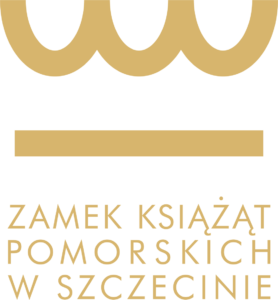Further extension of the castle from the beginning of the 17th century in the reign of Philip II and Francis I (early 16th century)
Further expansion of the castle in Szczecin took place in the years 1616-1619, when Philip II and Francis I, John Frederic’s heirs, erected a new wing on the west side (the so-called museum or mint wing). The idea of expanding the ducal seat was associated with Duke Philip II’s passion for collecting art. The new wing was supposed to accommodate his library (on the first floor) and extensive collections of paintings, sculptures, valuable handicraft products, including the famous Pomeranian Cabinet, jewels, coins, valuable gifts that he received during his reign and various peculiarities (on the second floor). The ground floor housed an armoury and a coach house.
The building was given features of the Northern Renaissance. It was covered with a gabled roof with a number of tall gables. The fifth wing was separated from the existing western wing by the narrow Little Courtyard (also known as the Mint or Crane Courtyard). Duke Philip II did not live to see the completion of the building (he died in 1618), and his younger brother and heir to the throne in Szczecin, Francis I, continued construction work. He also placed a memorial plaque on the building with portraits of both dukes as founders of the building, the coat of arms of the duchy and an appropriate inscription (facing the Mint Courtyard).
As a magnificent Renaissance five-wing complex with two courtyards and a variety of equipment and wealth of collected artworks, the Szczecin castle survived until the end of the Duchy of Pomerania, i.e. childless death of the last ruler from the House of Griffin, Bogislaw XIV. At that time, it ceased to be the duke’s seat and lost its original function and status irretrievably.





